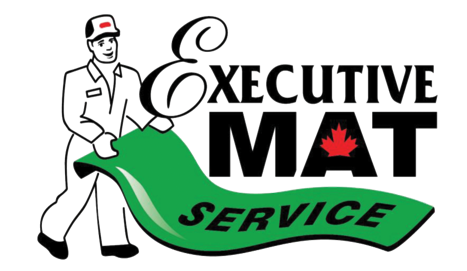“Weather-Stopper Technology”: Disrupting Perceived Maintenance Routines
- Cole Morrison

- Mar 6, 2024
- 2 min read
By Admin
Posted March 6, 2024
In the dynamic landscape of building upkeep and eco-conscious practices, the advent of Weather-Stopper floor matting technology is shifting the paradigms of maintenance frequency. To grasp the essence of this shift, one can draw a striking parallel with the established routines of car maintenance—specifically, the intervals at which we change oil and air filters. This comparison sheds light on the inefficiency of adhering to overly cautious, predetermined maintenance schedules that do not align with the actual durability and performance capabilities of products.
Imagine, for a moment, the concept of changing your car’s oil or air filters weekly. It’s an approach that defies the very engineering and design principles these components are built upon. They are meant to endure and perform over extensive periods, not just until the next calendar week rolls around. Weather-Stopper floor matting embodies this principle of designed longevity. Positioned at the frontline against the outdoor elements, these mats are engineered to trap dirt, moisture, and debris effectively over time, much like how a car’s oil filter purifies for thousands of miles or its air filter ensures clean airflow into the engine. These components don’t require a reset with each new week; they are built for the long haul.
The analogy to car maintenance not only highlights the robustness of Weather-Stopper technology but also challenges the traditional view on facility upkeep. Regular, but not excessive, maintenance aligns with the matting’s capability to maintain performance without the unnecessary environmental and financial costs of premature cleaning or replacement. Understanding and adopting the optimal maintenance frequency for Weather-Stopper mats can lead to enhanced efficiency, cost savings, and a significant reduction in environmental footprint.
By reevaluating maintenance routines with Weather-Stopper technology, facilities can not only ensure a cleaner, more welcoming entrance but also champion operational efficiency and environmental sustainability. This technology invites a reconsideration of how and when we perform maintenance, advocating for a schedule informed by performance and durability rather than habit or convention. Weather-Stopper technology is not just about keeping floors clean; it’s about disrupting perceived maintenance routines for the betterment of our facilities and our planet.




Comments